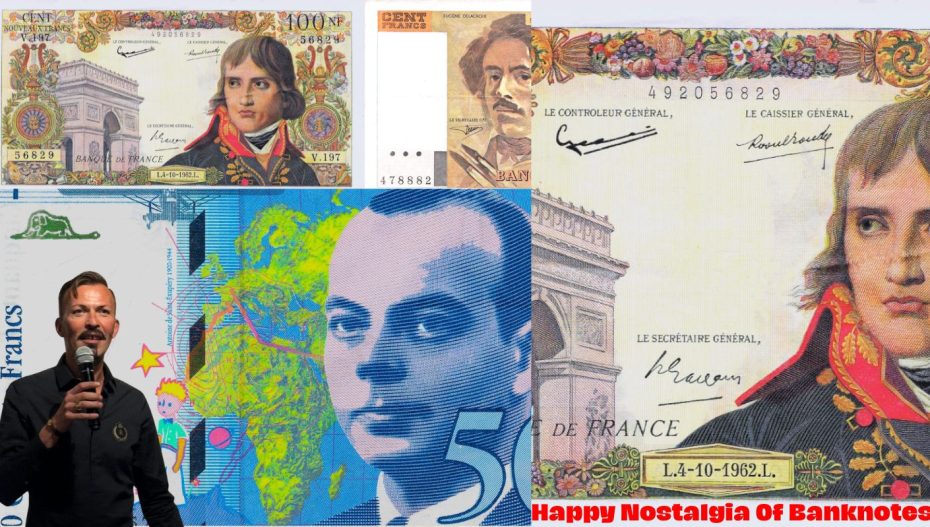In this age of bitcoins and digital payments, old banknotes can evoke a happy nostalgia. They certainly did at the opening of the Beyond Face Value exhibition of French banknotes at the Alliance Francaise (AF) Ahmedabad on Friday. The French expatriates present at the opening had many memories associated with these Franc notes which were in circulation till the Euro took over as the currency twenty years ago.
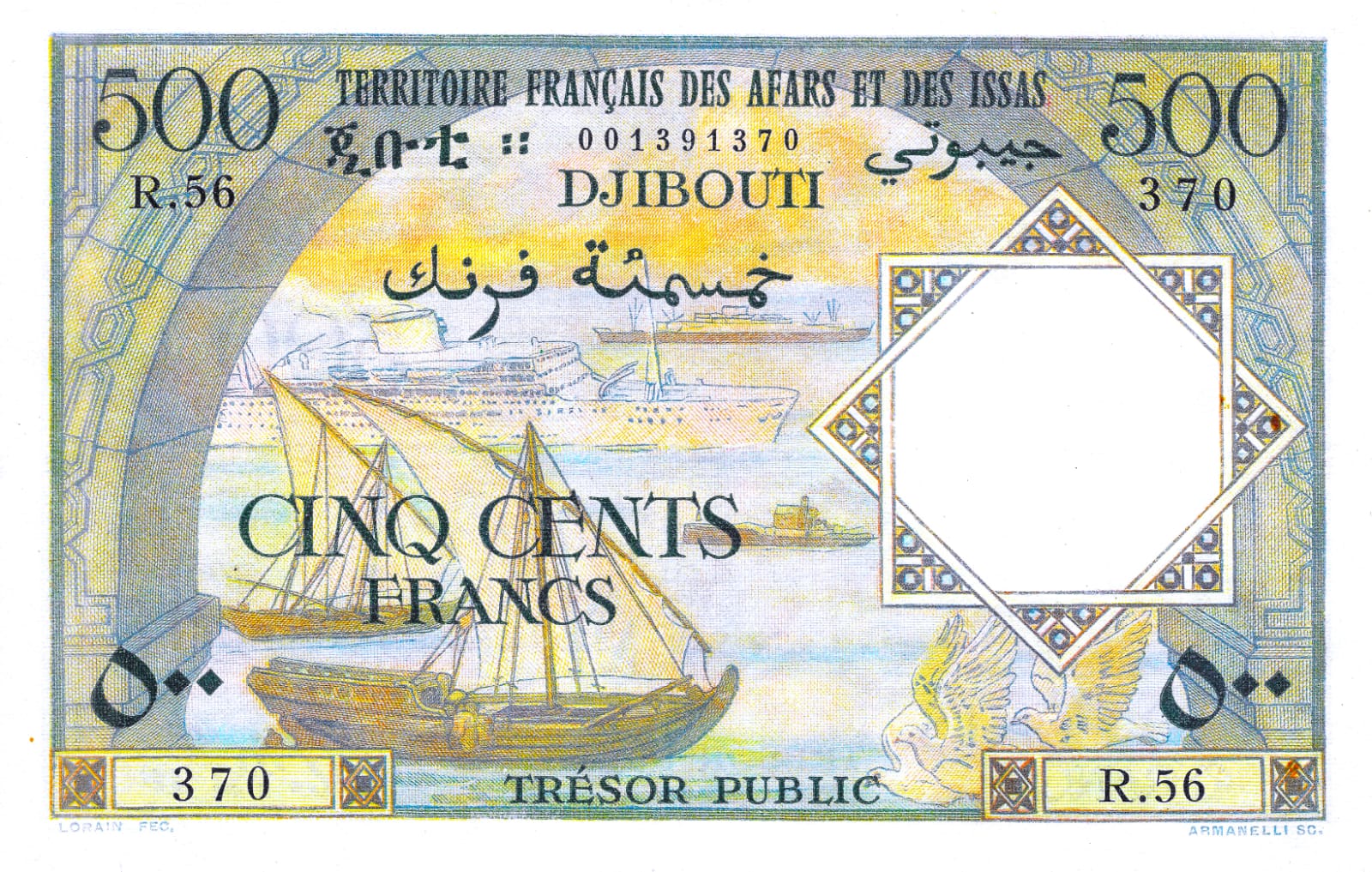
Expatriate photojournalist Fredric Noy has happy memories of the 50 Franc note he would receive as a child from his grandmother when he visited. “For a child, the most you got was 10 francs. The 50 francs banknote was huge and I used to be thrilled just to hold it,” he says.
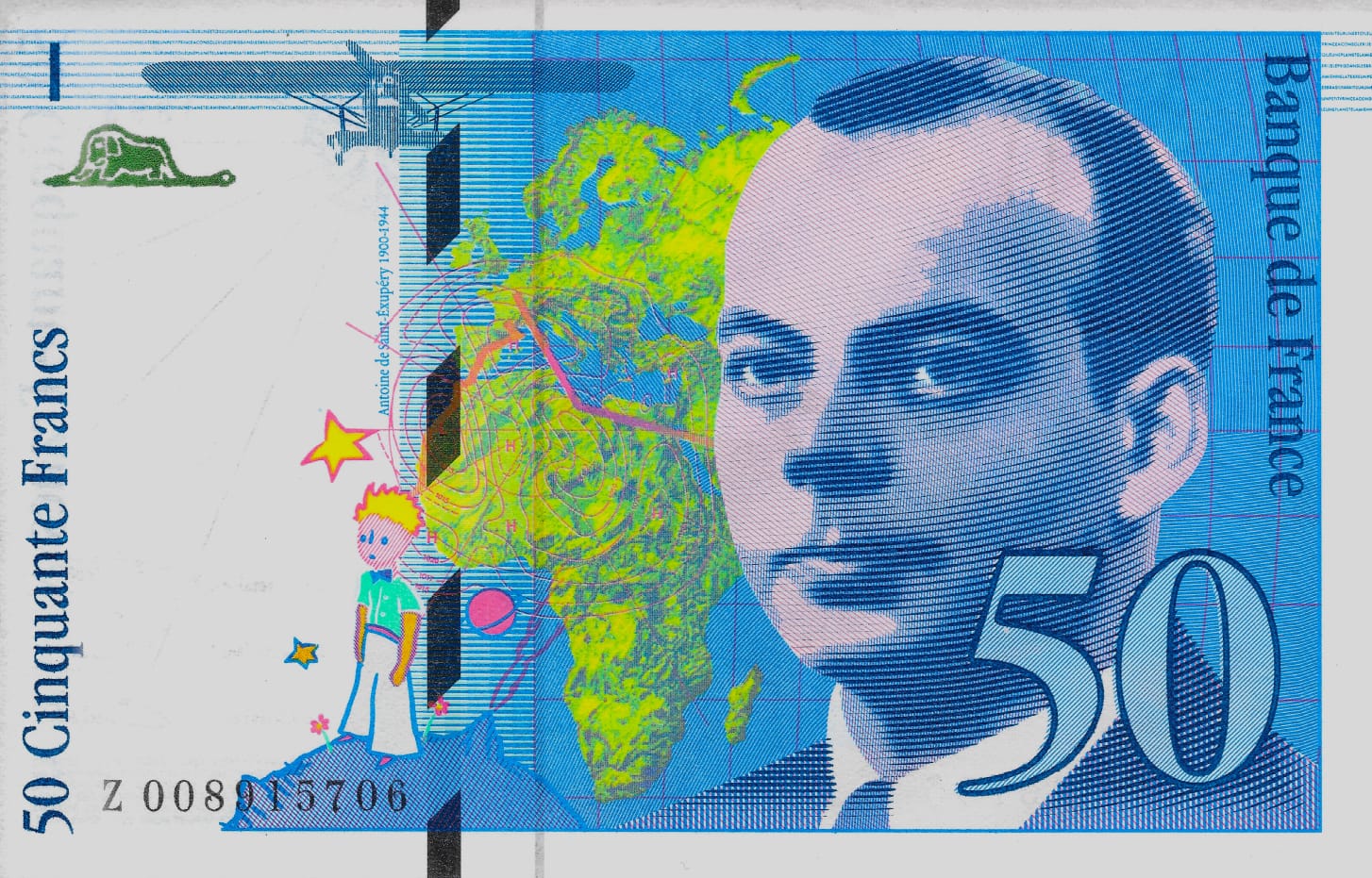
AF director Emmanuel Bottiau remembers the confusion when France introduced the new Franc to replace the old Franc, which had depreciated in value. Under the dispensation, one new Franc was equal to 100 old Francs, but old-timers continued to calculate expenses in terms of the old franc. “My grandmother would still say the cheese cost 1000 francs, when it actually cost 10 francs,” he says.
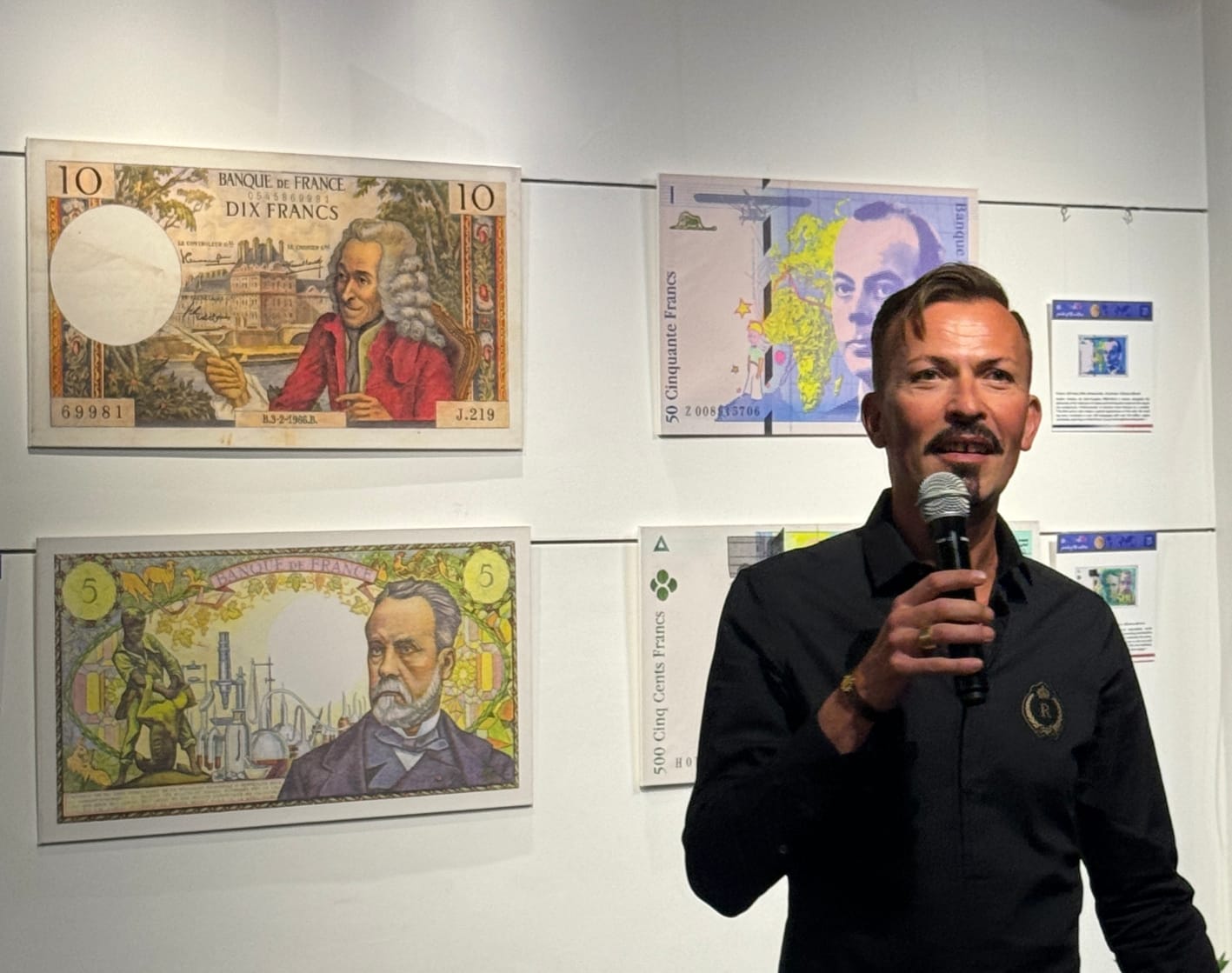
Digitally enhanced by Mumbai-based curator Rukmini Dahanuhar, the banknotes on display at AF romanticized the currency in a unique way. “Banknotes are not merely mediums of exchange but mediums of communication,” says Rukmini. “In its time, the Franc reflected French art, design and fashion.”
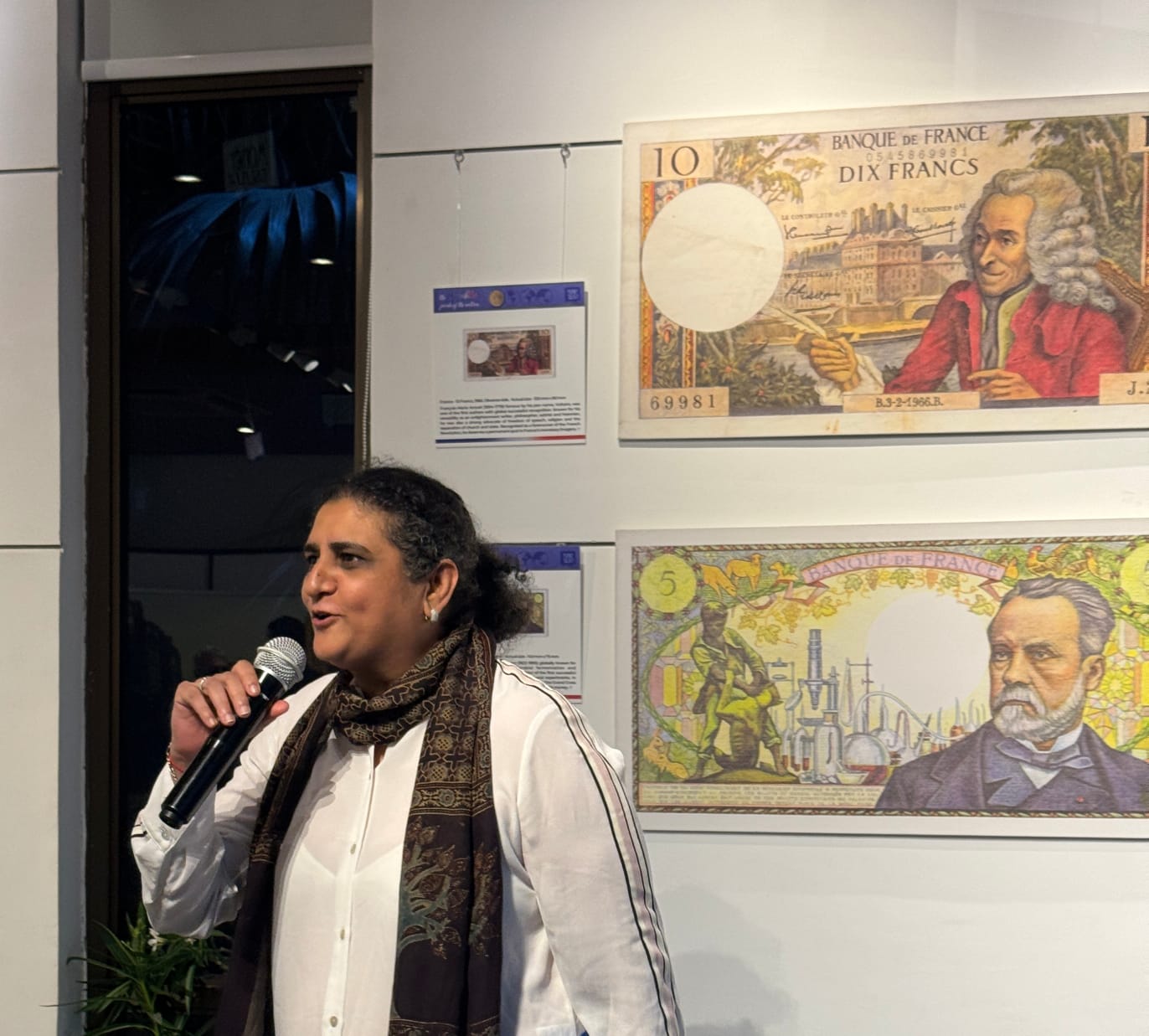
Fashion is reflected in the elaborate clothes, hairstyles and headgear worn by the personalities featured on the banknotes. There is the young Napoleon Bonaparte, with longish hair and a bright red scarf. Then there is the philosopher Voltaire, microbiologist Louis Pasteur, scientists Marie and Pierre Curie, painter Paul Cezanne, civil engineer Gustave Eiffel and author Antoine de Saint-Exupery, whose portrait is featured in conjunction with an illustration from his book, The Little Prince.
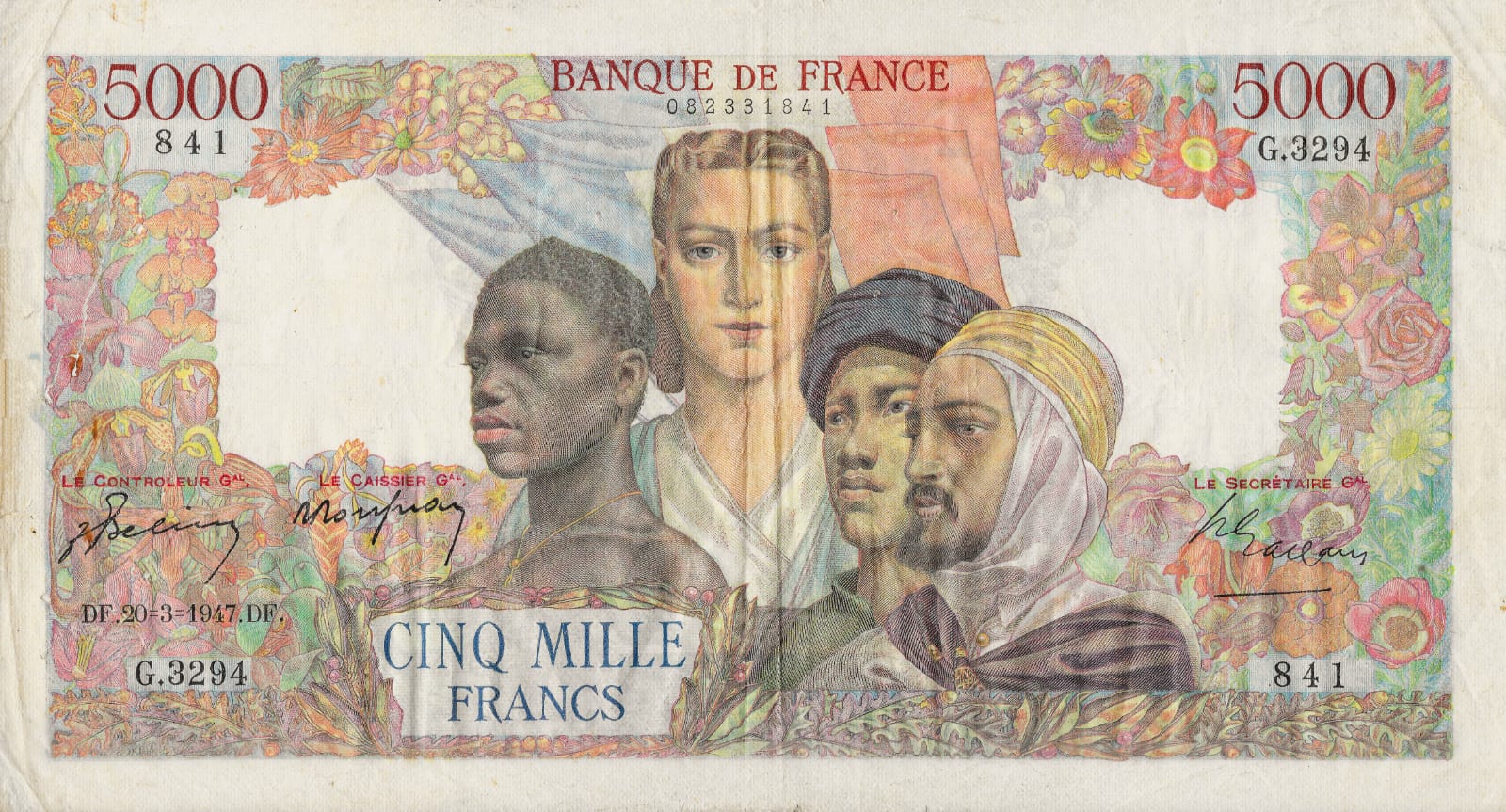
There are many banknotes with the image of Marianne, the personification of liberty and a symbol of the French republic. There are also franc notes from the French colonies in West Africa and Indo-China (Cambodia, Laos and Vietnam), which feature indigenous people, sometimes with Marianne.
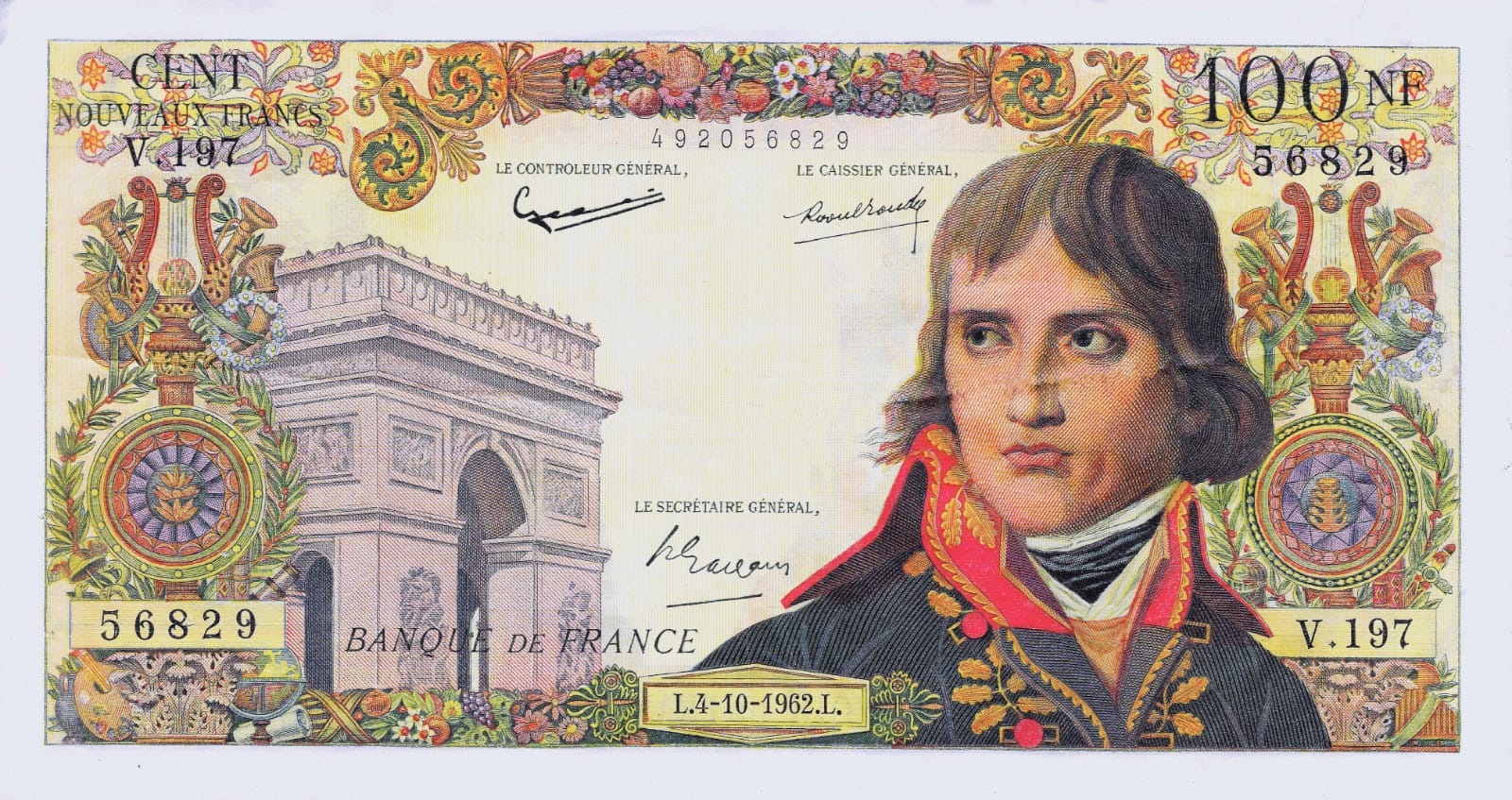
“The designs are influenced by French romanticism and focus is on the human form. There are several banknotes with nude forms, such as a figure of Mercury (the God of commerce and communication) and a bare-chested native woman in a banknote from French West Africa. French art has never been shy of displaying bare, brash bodies,” says Rukmini.
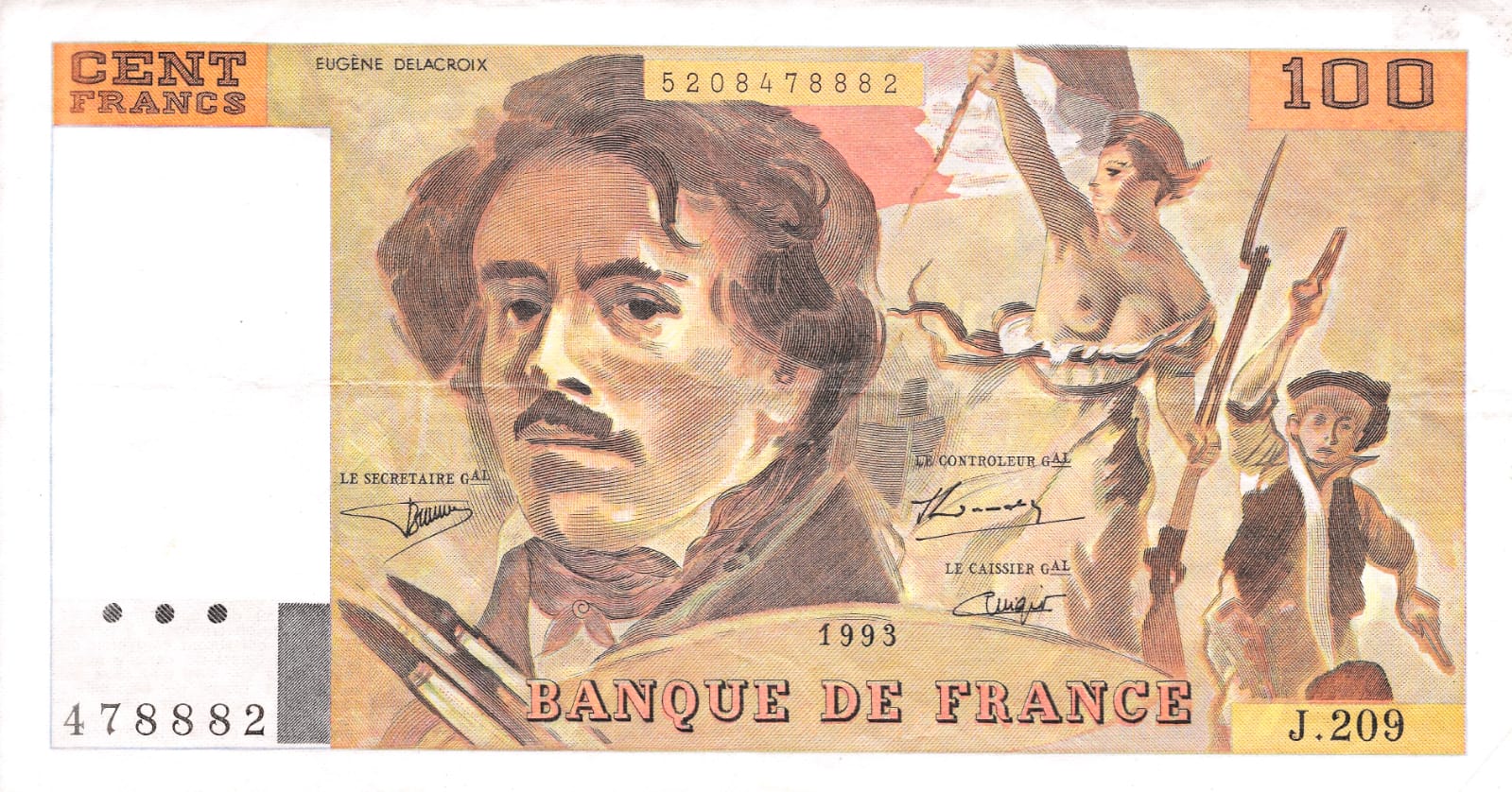
The exhibition certainly does provide interesting insights into French culture. Here is an interesting tit-bit from Emmanuel Bottiau: “The face of Marianne has changed over the years. At one time she was modelled on Bridgette Bardot, another time on Catherine Deneuve. It depended on the reigning concept of beauty.”
Gujarat Start-Ups Second Best In Country In Generating Jobs. Read More


